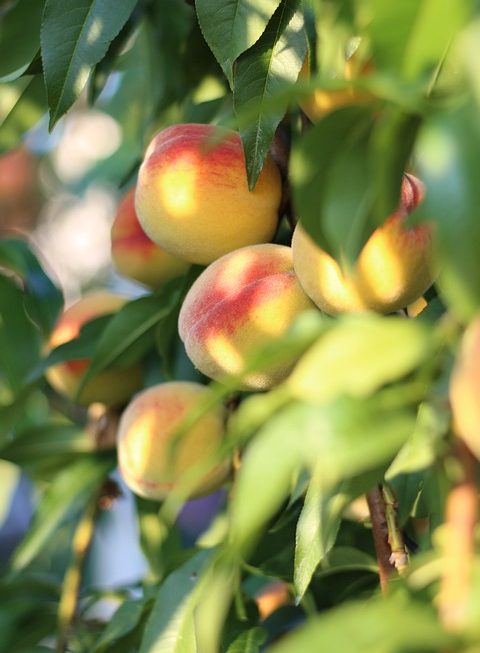In an increasingly interconnected world, the kitchen has become a melting pot of global influences, where culinary traditions from every corner of the globe converge to create an exciting tapestry of flavors, aromas, and textures. From the spicy dishes of Southeast Asia to the rich casseroles of Europe, the exploration of global cuisines opens up a world of culinary possibilities, inviting us to savor the flavors that define various cultures. In this article, we embark on a flavorful journey, unlocking the secrets of global cuisines and discovering what makes them unique—and beloved.
The Foundations of Flavor
At the core of every cuisine lies a deep understanding of the ingredients that shape its identity. Fresh herbs, spices, and local produce play a crucial role in developing the hallmark flavors of regional dishes.
-
Herbs and Spices: In Indian cuisine, for instance, the use of spices like cumin, coriander, and turmeric creates complex flavor profiles that are often warm and earthy. On the other hand, Thai cuisine embraces fresh herbs such as basil, mint, and lemongrass, providing a bright and aromatic lift to dishes.
-
Cultural Influence: The history of a region often reflects in its culinary practices. The exchange of ingredients—be it through trade routes or colonial influences—has led to hybrid dishes. Take, for example, the global popularity of curry; its various forms can be traced back to Indian roots but have since evolved in Jamaica, Japan, and the UK, each adopting unique local ingredients.
- Cooking Techniques: Techniques such as grilling, steaming, frying, or baking not only affect the final flavor and texture but are also tied to cultural practices and available resources. The art of making sushi, for example, involves precise seasoning of rice, as well as an inherent skill in handling seafood. In contrast, the robust barbecuing methods found in American Southern cuisine rely heavily on smoked flavors and slow cooking.
The Power of Local Ingredients
Local ingredients shape a cuisine’s personality and sustainability. When using seasonal produce, chefs and home cooks alike can enhance the freshness and flavor of dishes, making them more vibrant and delicious.
-
Farm-to-Table Movements: As sustainability gains traction, many chefs around the world are prioritizing local ingredients. This philosophy not only supports local farmers but also encourages creativity in using what is available. The Mediterranean diet, primarily built around fresh vegetables, olive oil, and seafood, exemplifies a culinary style that embraces local fare.
- Foraging and Wild Foods: In regions like Scandinavia, foraging for wild herbs, mushrooms, and berries has a long-standing tradition. The New Nordic Cuisine movement has popularized this practice, emphasizing the importance of purity, simplicity, and freshness while highlighting local specialties.
Cross-Cultural Fusion
Perhaps one of the most exciting aspects of global cuisines is the rise of fusion cooking—a style that blends elements from different culinary traditions to create innovative dishes.
-
Popular Fusions: The combination of Mexican and Japanese cuisines has led to tantalizing dishes like sushi burritos and tempura tacos. Similarly, Korean BBQ tacos merge the flavors of Korea with the beloved taco format, appealing to foodies worldwide.
- Incorporating Techniques and Flavors: Fusion cuisine encourages chefs to explore unfamiliar flavor profiles and techniques. The blending of spices from Indian cooking with Italian pasta dishes exemplifies how culinary borders can blur to create delightful surprises.
The Role of Culture and Tradition
Food is a powerful vehicle for cultural expression and storytelling. Each dish holds a narrative woven from history, tradition, and personal experience, reflecting the values and identity of a community.
-
Rituals and Celebrations: Many cultures celebrate significant occasions with specific dishes that carry deep meanings. In Italy, a traditional Christmas feast may include lasagna and panettone, while in Mexico, Día de los Muertos is honored with colorful sugar skulls and pan de muerto.
- Storytelling Through Food: Culinary traditions often blend family recipes passed down through generations with contemporary influences, creating a sense of history and nostalgia. For countless families around the world, holiday meals are a cherished time to connect, share stories, and relive the past.
Conclusion: A Flavorful Adventure
Unlocking the secrets of global cuisines is an adventure that goes beyond taste; it’s an exploration of culture, heritage, and creativity. As we savor flavors from around the world, we not only expand our palates but also deepen our understanding of the diverse experiences that make up the human story. The kitchen is no longer just a place to prepare meals; it has become a gateway to appreciating and celebrating the vast array of cultures that enrich our lives.
So, the next time you sit down to enjoy a meal, remember that it’s not just about the food on your plate—it’s about the history that flavors it, the people who share it, and the memories that are made along the way. Savoring the flavor means embracing the richness of global cuisines, where every bite tells a story, inviting us all to partake in the beautiful banquet of the world.




